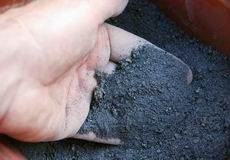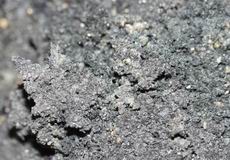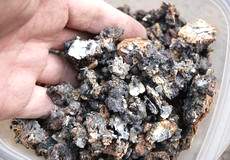

Ash melting and deposit facts
Biomass
boilers
For
warm water
- BIO
Automated, pellet, wood chips,
- Farmer
Automated, pellet,wood chips,
wood logs, multifuel
- Automat
Self-loading, automated, pellet, wood chips, multifuel
- Low pressure steam (0,5bar) automated boilers for biomass, pellet, wood chips, multifuel
- Automated brown coal boilers
For warm water or low pressure steam
- Feedlan
control
Solid-fuel handling system
- Moving
floor
Automated solid-fuel store
- Fuel
stores
For solid-fuel
- Augers
- Loader spoon
- Ash
removing
|
Wood pellet contra agripellet
|
||||||||||||||||||||||||||||||||||||||||||||||||||||||||||||||||||||||||||||||||
|
"The excellent qualities of the wood-pellet have led to high quality domestic automatic stoves and boilers being developed. A large market for these appliances and the wood-pellet fuel for them has developed both in Northern Europe and in the Northern part of the North American continent. The wood-pellet sets a very high standard for other bio-fuel pellets. [These are normally termed agri-pellets]. There are technical problems with burning agri-pellets in equipment developed for using wood-pellets. The main problems are: o The high ash content relative to wood-pellets.[10
times more] Straw contain potassium and sodium compounds. These alkali compounds are present in all annual crops and crop residues in particular. During combustion, alkali combines with silica and causes slagging and fouling problems in conventional combustion equipment designed for burning wood at higher temperatures. Volatile alkali also lowers the fusion temperature of ash: in conventional combustion equipment having furnace gas exit temperatures above 800°C, combustion of agricultural residue causes slagging. It is therefore not easy to generate a market for agri-pellets until stoves and boilers are developed for home usage of these pellets as a domestic fuel. The home heating market is where the highest added value is available". |
||||||||||||||||||||||||||||||||||||||||||||||||||||||||||||||||||||||||||||||||
|
The CARBOROBOT is specially designed boiler for high ash content agripellet, with lower temperatures of fuel layer on the rotary grate, and it can reduce slagging and fouling of these fuels. Practically the slagging of the ashes of the agripellets not (or at very low level) and the CARBOROBOT boilers can operate with agripellets without additives. The ash removing from the burning zone is automatical. By the Classic and the Farmer types the ash cleaning from the boiler is manual. The Automat types have a special ash remover system, what can remove automatically the ash to the external ash bin or container.
|
||||||||||||||||||||||||||||||||||||||||||||||||||||||||||||||||||||||||||||||||
| Type of ashes, slagging, ash melting | |||||||||
|
Ash is a solid, particulate, inorganic combustion residue. The ash content varies greatly between different fuels. Of forest fuels, ash content varies between different components, stemwood 0,4-0,6%, stem bark 2-5% and 1-2% branches. The ash content is highest in those parts of the tree where growth occurs. In the leaves, needles and branches and leading shoot varied between 2 and 6%. As a mean value of forest fuels can be expected 1-2% ash content. All values are calculated on the fuel solids. Ash from the wood fuel contains nutrients which the tree raised, including important trace elements. Nitrogen (N) is missing because it largely leaves in gaseous combustion. Since trees take up heavy metals and radioactive substances from soil and air, are also those substances in the ash. Generally, the ash is between 10% and 30% of calcium (Ca). The content of potassium (K) and magnesium (Mg) is usually a few percent, while the phosphorus (P) represents approximately one percent of the total content. Most of these substances have been lime-acting nature and occurs both as soluble salts, as well as more insoluble compounds in the form of oxides, hydroxides, carbonates and silicates. Ashes from the incineration of wood generally have a pH between 9 and 13. The lime effect and nutrients in the ash makes it suitable to use to compensate for losses of such substances in the woodland. The law consider ash as a waste. That is why we must have a permit to store it. |
Copyright © 2023 CARBOROBOT
Contact informations tel/fax:+36-13852-862
info@carborobot.com






